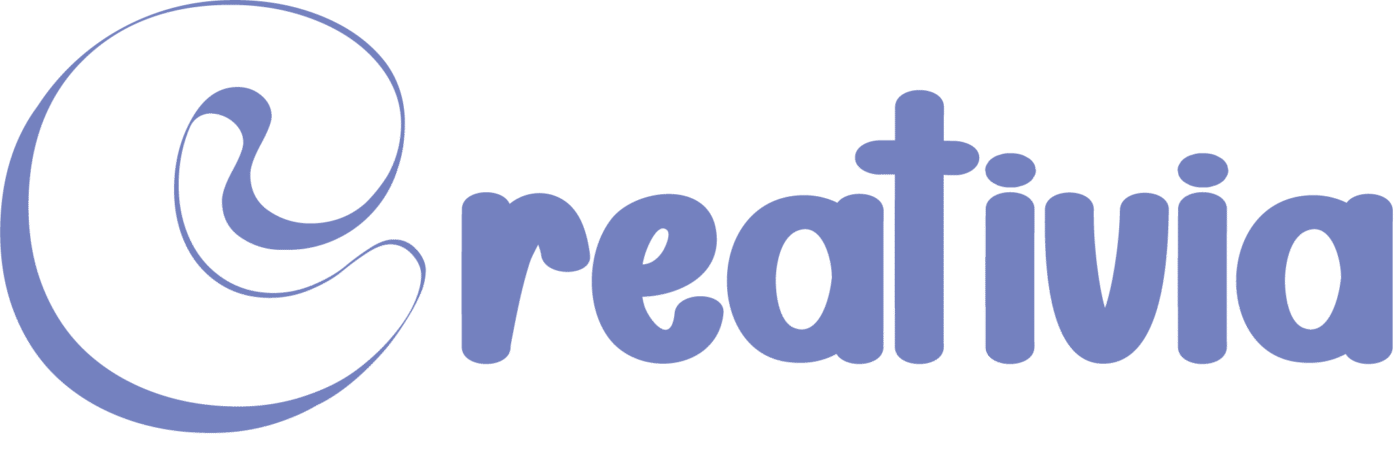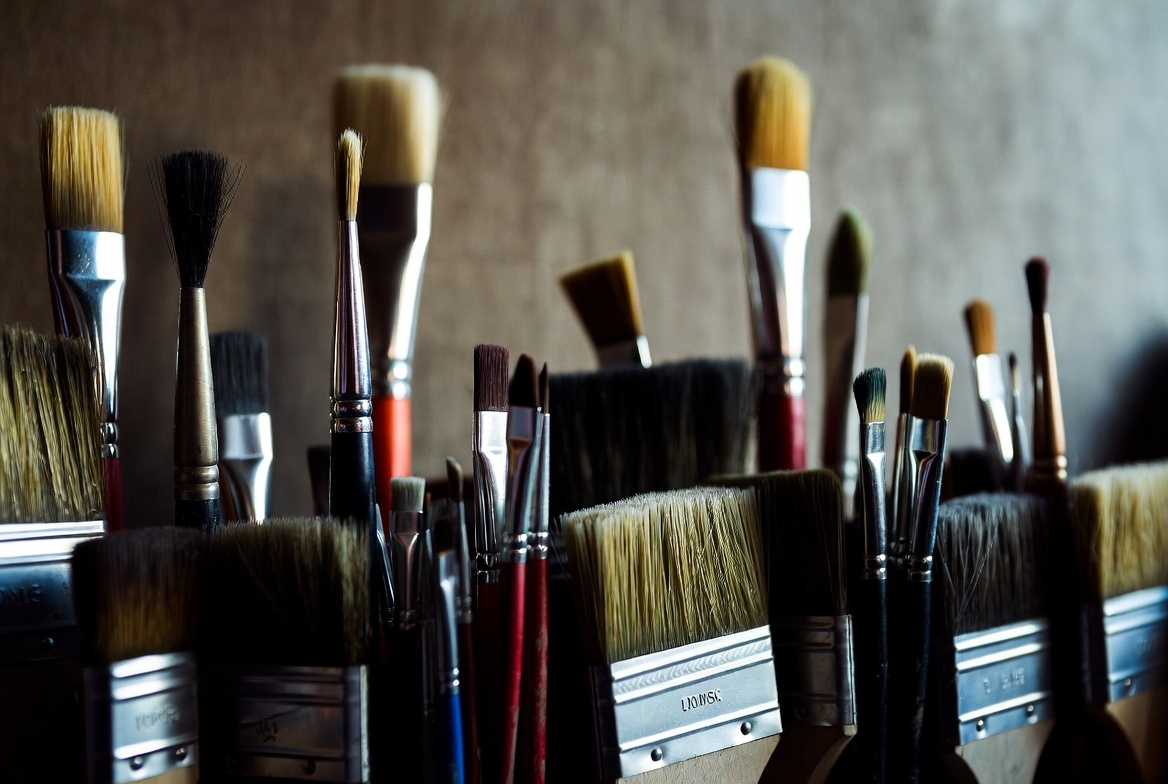Uncategorized
The Ultimate Guide to Choosing the Right Paint Brushes for Your Artwork (2025 Edition)
A great brush doesn’t just move paint—it shapes your vision. The wrong one fights you with streaks, hair loss, or zero control. The right one feels like an extension of your hand, delivering crisp edges, silky blends, or bold textures exactly where you want them.
This 2025 guide compares every major brush type, breaks down hairs, shapes, sizes, and paint compatibility—plus decision checklists so you can build a lean, high-performance kit without guesswork.
Quick-Reference Brush Comparison Chart
| Brush Type | Hair | Best Paint | Spring | Paint Hold | Durability | Price Range* |
|---|---|---|---|---|---|---|
| Synthetic | Nylon/Poly | Acrylic, Gouache | Good | Medium | Excellent | $2–$10 |
| Natural Sable | Kolinsky | Oil, Watercolor | Excellent | High | Good | $8–$50+ |
| Hog Bristle | Boar | Oil, Heavy Acrylic | High | High | Very Good | $3–$15 |
| Squirrel | Squirrel | Watercolor, Ink | Soft | Very High | Fair | $6–$30 |
| Blended | Syn + Nat | All-purpose | Good | Good | Excellent | $4–$12 |
*Price per single brush (2025 global averages)
1. Synthetic Brushes – The Modern Workhorse
Why They Dominate
- Zero animal hair → Vegan & allergy-friendly
- Snap back → Holds shape after heavy acrylic impasto
- Easy clean → Soap + water, no residue
Best Shapes
| Shape | Use Case |
|---|---|
| Round | Detail, thin lines, washes |
| Flat | Bold strokes, filling |
| Filbert | Soft edges, blending |
Pro Tip
Look for multi-filament tips—mimics sable’s taper but lasts longer.
2. Natural Sable (Kolinsky) – The Watercolor King
Why It’s Legendary
- Belly-loaded → Holds a lake of paint/water
- Perfect point → Snaps back to razor-sharp tip
- Silky flow → Effortless gradients
Best Use Cases
- Transparent watercolor washes
- Fine ink lines
- Oil glazing (with smaller sizes)
Care Hack
Never leave in water. Rest horizontally; condition with brush soap monthly.
3. Hog Bristle – The Oil & Texture Beast
Why Painters Swear By It
- Stiff flags → Pushes thick paint, leaves texture
- Natural split ends → Interlocks with oil for grip
- Affordable → Replace without guilt
Best Shapes
| Shape | Use Case |
|---|---|
| Bright | Short, controlled strokes |
| Fan | Blending, drybrush, foliage |
| Round | Thick to thin (scumbling) |
Pro Tip
Break in new bristles with linseed oil—softens without losing snap.
4. Squirrel & Specialty – Niche Perfection
| Hair Type | Superpower |
|---|---|
| Squirrel | Massive reservoir for big washes |
| Goat | Soft calligraphy, ink effects |
| Camel (Synthetic) | Budget mop for priming |
Brush Shape Cheat Sheet
| Shape | Edge Type | Best For |
|---|---|---|
| Round | Pointed | Details, lines, calligraphy |
| Flat | Straight | Sharp edges, filling |
| Filbert | Rounded | Blending, petals, curves |
| Fan | Spread | Texture, grass, softening |
| Mop | Full belly | Washes, glazing |
| Rigger | Long thin | Branches, signatures |
Decision Checklist: Build Your Perfect 6-Brush Kit
- Primary Medium? Acrylic → Synthetic filbert + flat Watercolor → Sable round + mop Oil → Hog bristle bright + filbert
- Detail Level? Fine work → Size 0–4 round/rigger Broad strokes → Size 8–12 flat/bright
- Budget? Under $30 → 6-piece synthetic starter $50–$100 → 3 sable + 3 synthetic mix
- Travel? Yes → Short-handle, roll-up case Studio → Long-handle for reach
Size Guide (Don’t Guess)
| Size | Width (approx) | Use Case |
|---|---|---|
| 0–2 | 1–2 mm | Eyelashes, signatures |
| 4–6 | 3–5 mm | Petals, small leaves |
| 8–10 | 6–10 mm | Faces, medium shapes |
| 12+ | 12+ mm | Backgrounds, skies |
Golden rule: One size smaller than you think—you’ll thank yourself.
Care & Longevity Hacks
| Paint Type | Clean With | Dry How |
|---|---|---|
| Acrylic | Warm water + soap | Point up |
| Oil | Odourless solvent → soap | Flat |
| Watercolor | Cool water only | Horizontal |
Red flags: Shedding, splayed tips, cracked ferrule = replace.
Myths Busted
| Myth | Truth |
|---|---|
| “More brushes = better art” | 6 quality > 30 junk |
| “Sable is always best” | Synthetics outperform for acrylic/gouache |
| “Cheap brushes are fine” | They shed, streak, and die in 3 sessions |
Final Recommendation
Starter Kit (6 Brushes, ~$40):
- Synthetic Round #2 – Details
- Synthetic Filbert #6 – Blending
- Synthetic Flat #10 – Filling
- Sable Round #4 – Watercolor/ink
- Hog Bristle Bright #8 – Oil texture
- Fan #4 – Softening
Upgrade path: Add a rigger and mop as your style evolves.

